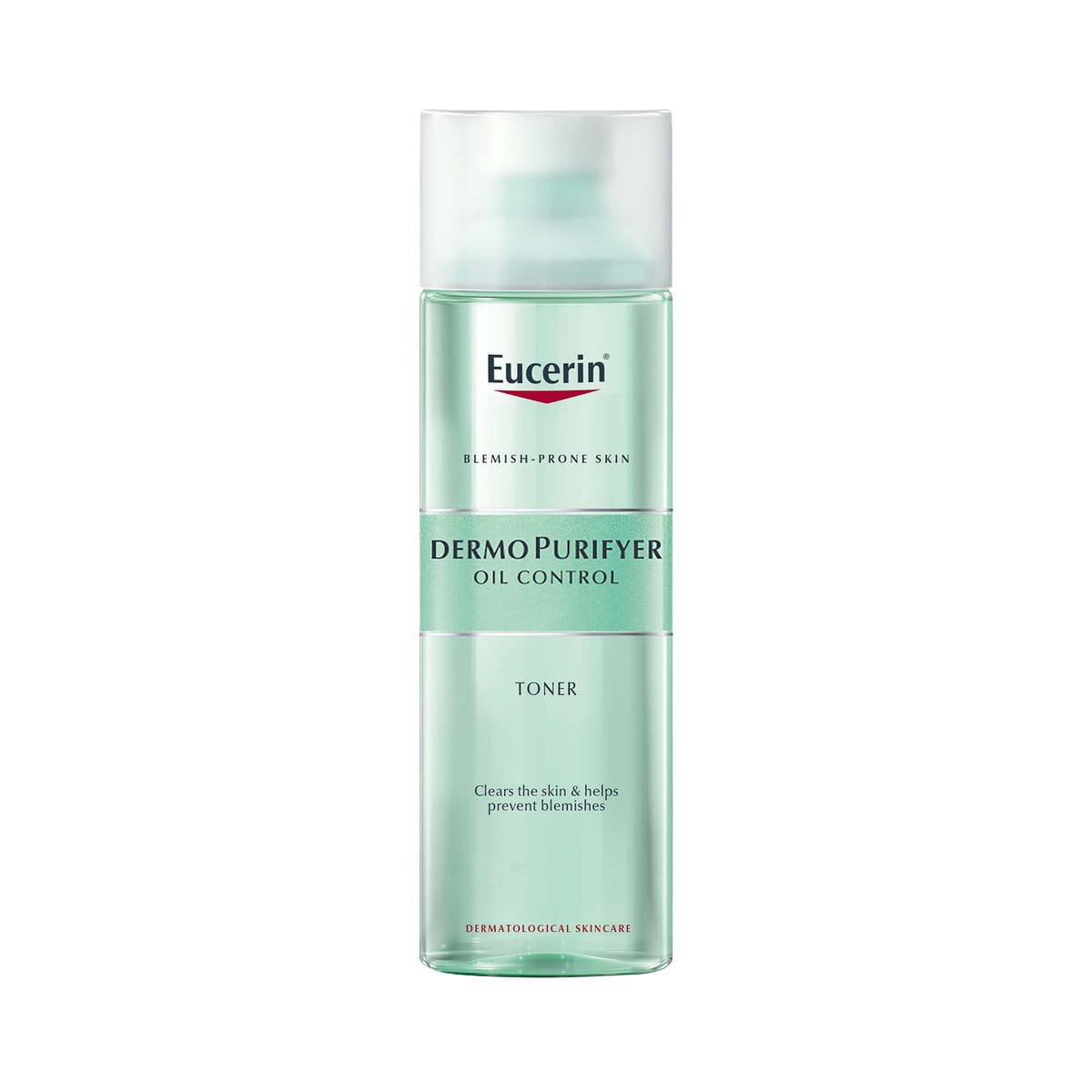Have you ever found yourself dealing with excessively oily skin or dryness, even after applying a generous layer of the moisturiser? In that case, your skin’s sebum production is likely to be responsible for all of that. Produced from Sebaceous Glands, sebum plays a crucial role in the overall well-being of your skin, protecting the skin barrier from unwanted friction and damage.
However, excessive or a lack of sebum production can give rise to potential skin concerns that take a toll on your delicate skin. This is why maintaining healthy sebum levels or having sebum production in control is crucial for the overall well-being of your skin. Excessive sebum production results in skin problems like acne, a greasy appearance, and blocked pores. Contrary to this, inadequate sebum production can lead to unwanted dryness.
But, how can one control sebum on the face, and how does it function? Let’s break down the science behind this naturally occurring oil in the human body and why it matters more than you might think.
Keynotes:
- Produced from sebaceous glands, sebum is a naturally occurring substance in the human body. It helps keep your skin well-balanced and moisturised.
- Sebum levels can get easily triggered due to various internal and external factors that your skin gets exposed to.
- The key to maintaining healthy skin is by investing in a dedicated skincare routine containing ingredients like AHAs, BHAs, and PHA.
- No matter what your skin type is, never skip your moisturiser as it helps maintain proper moisture and hydration levels to keep sebum production in check.





